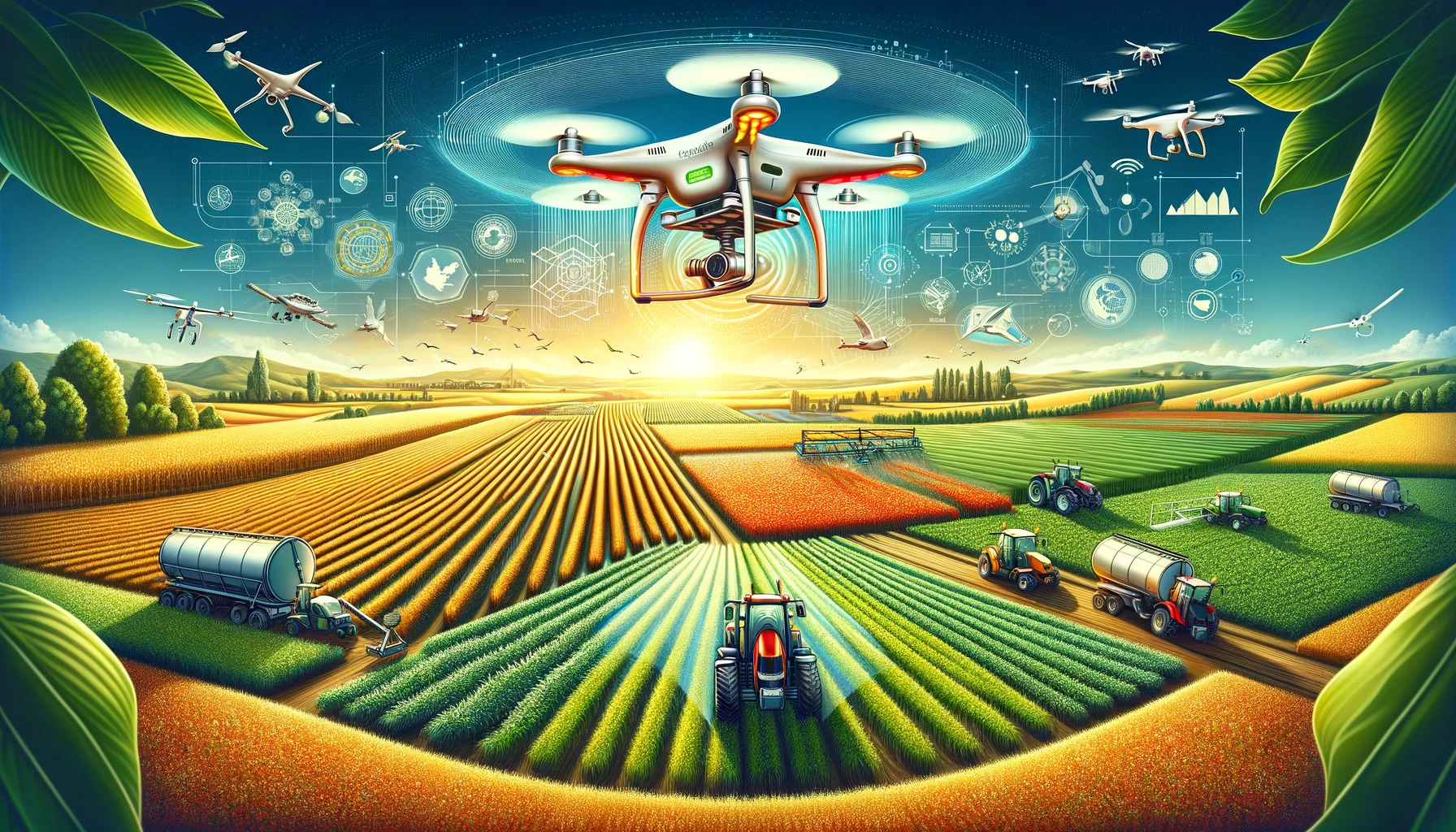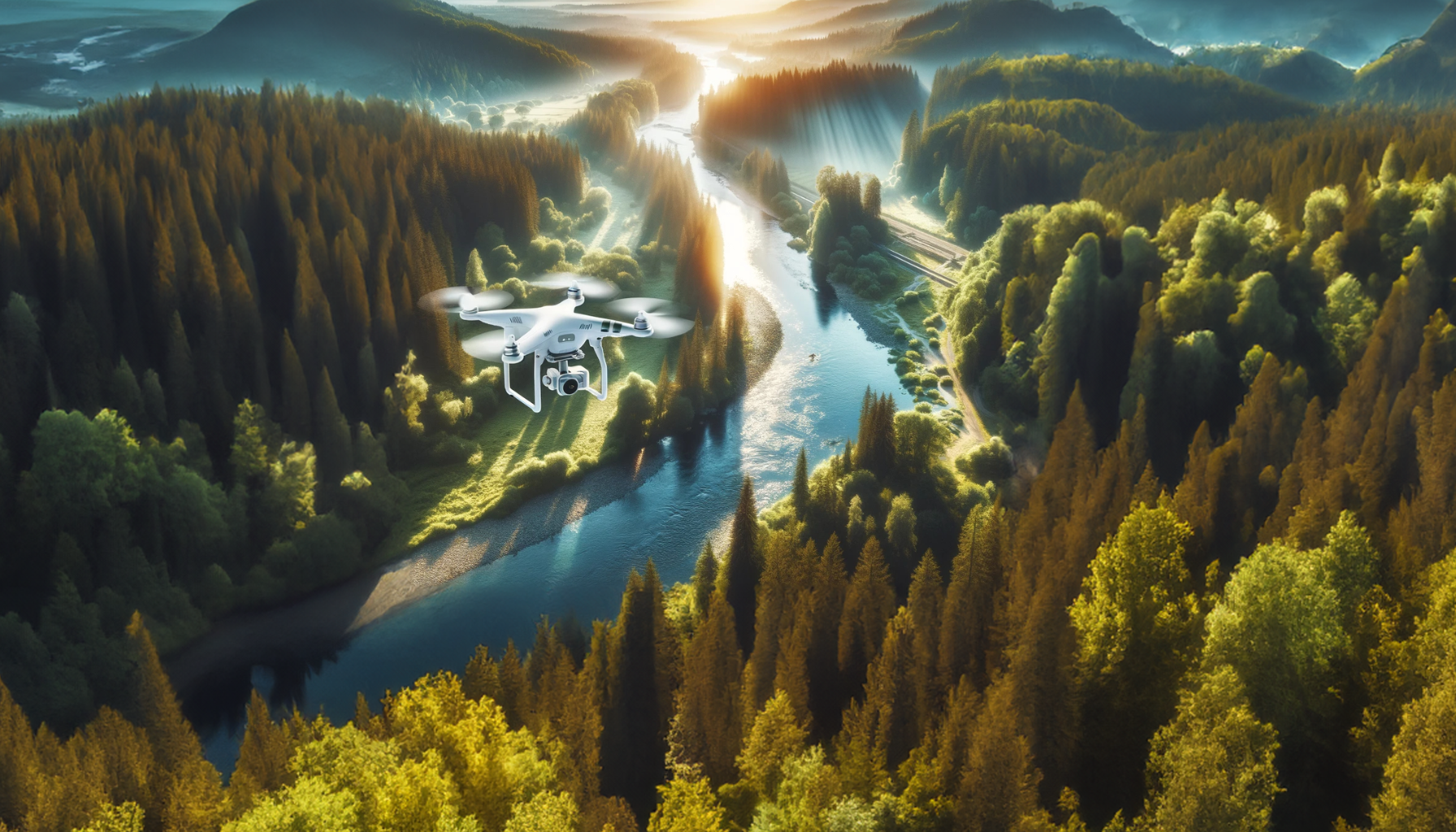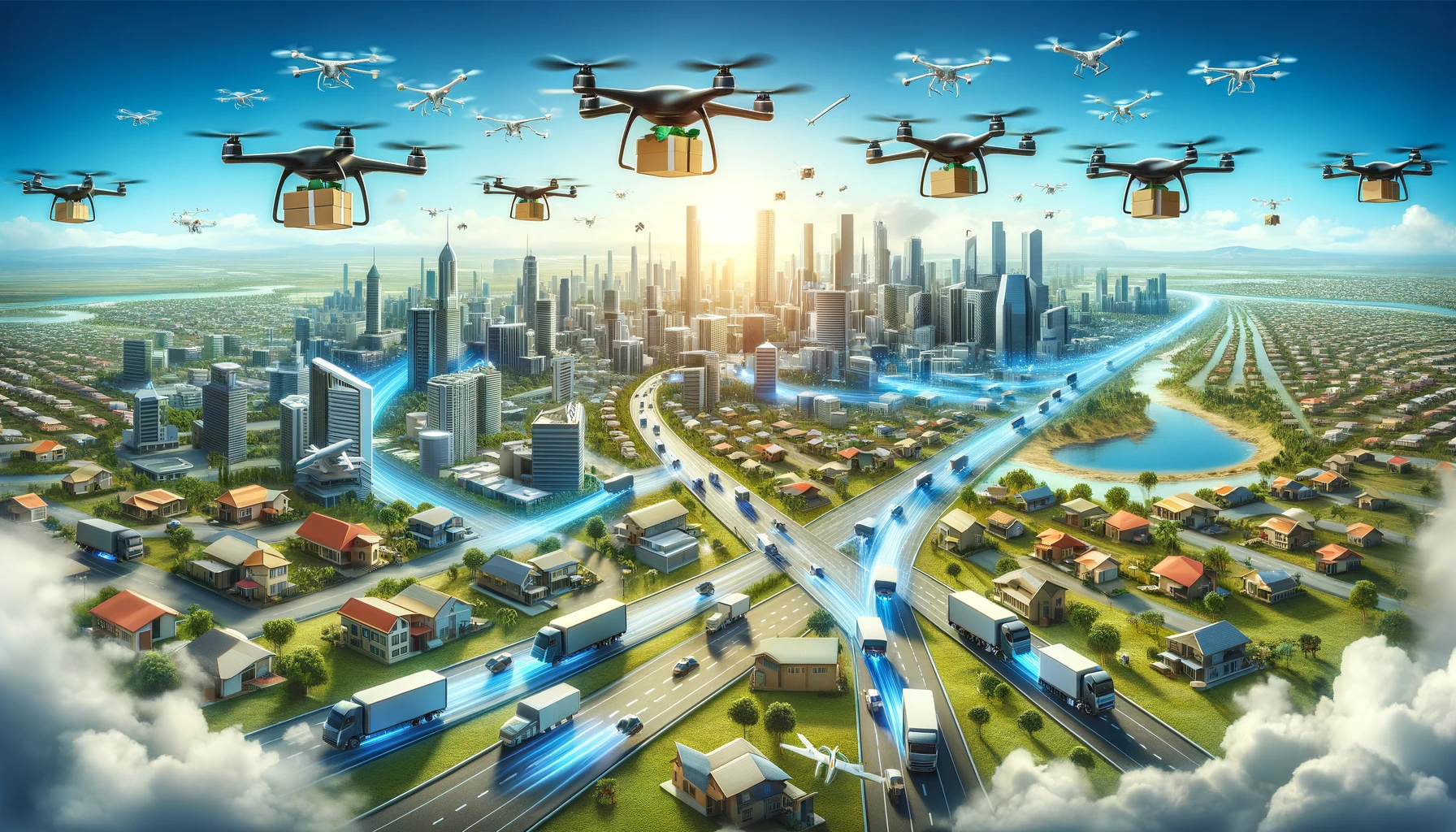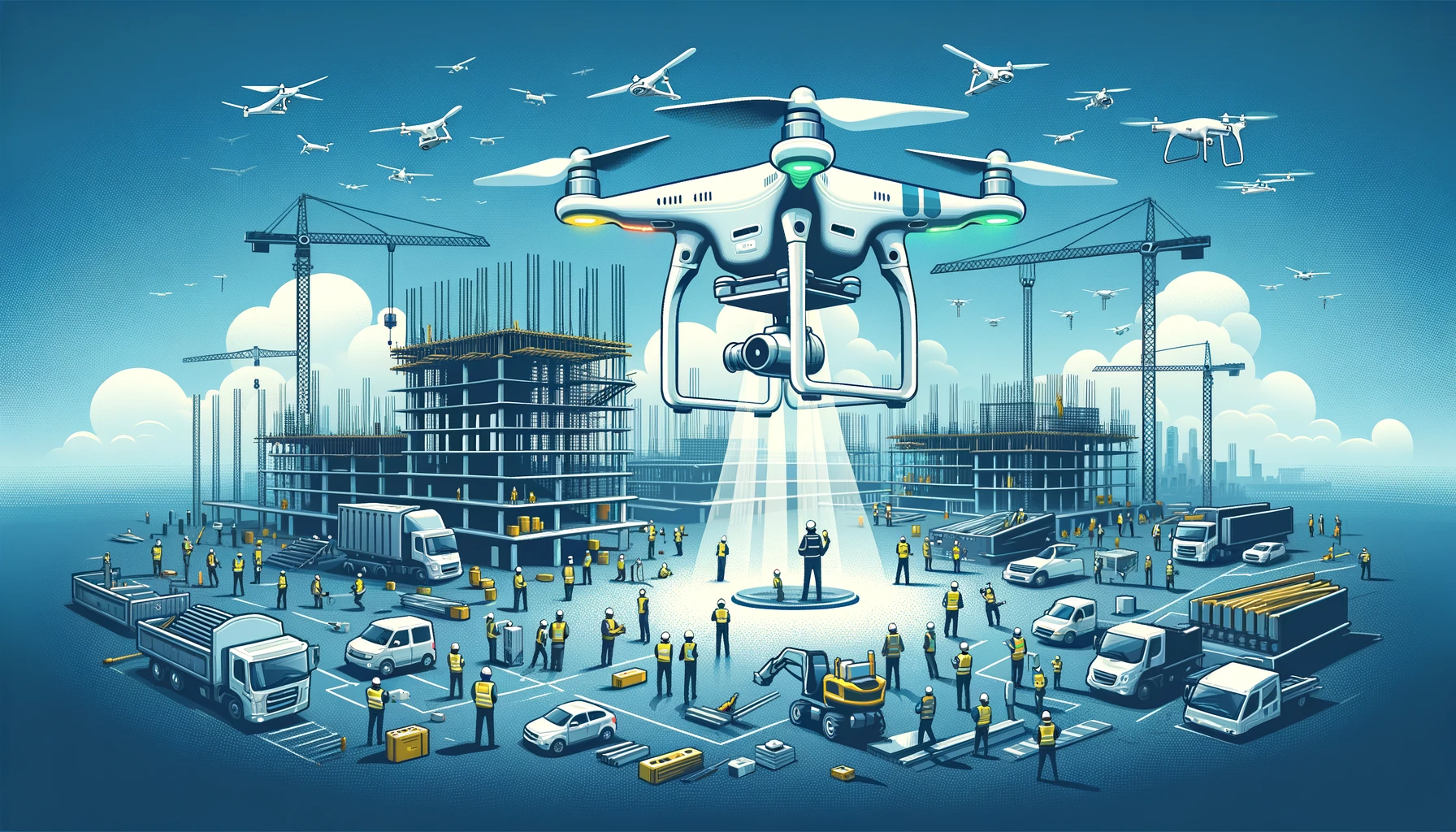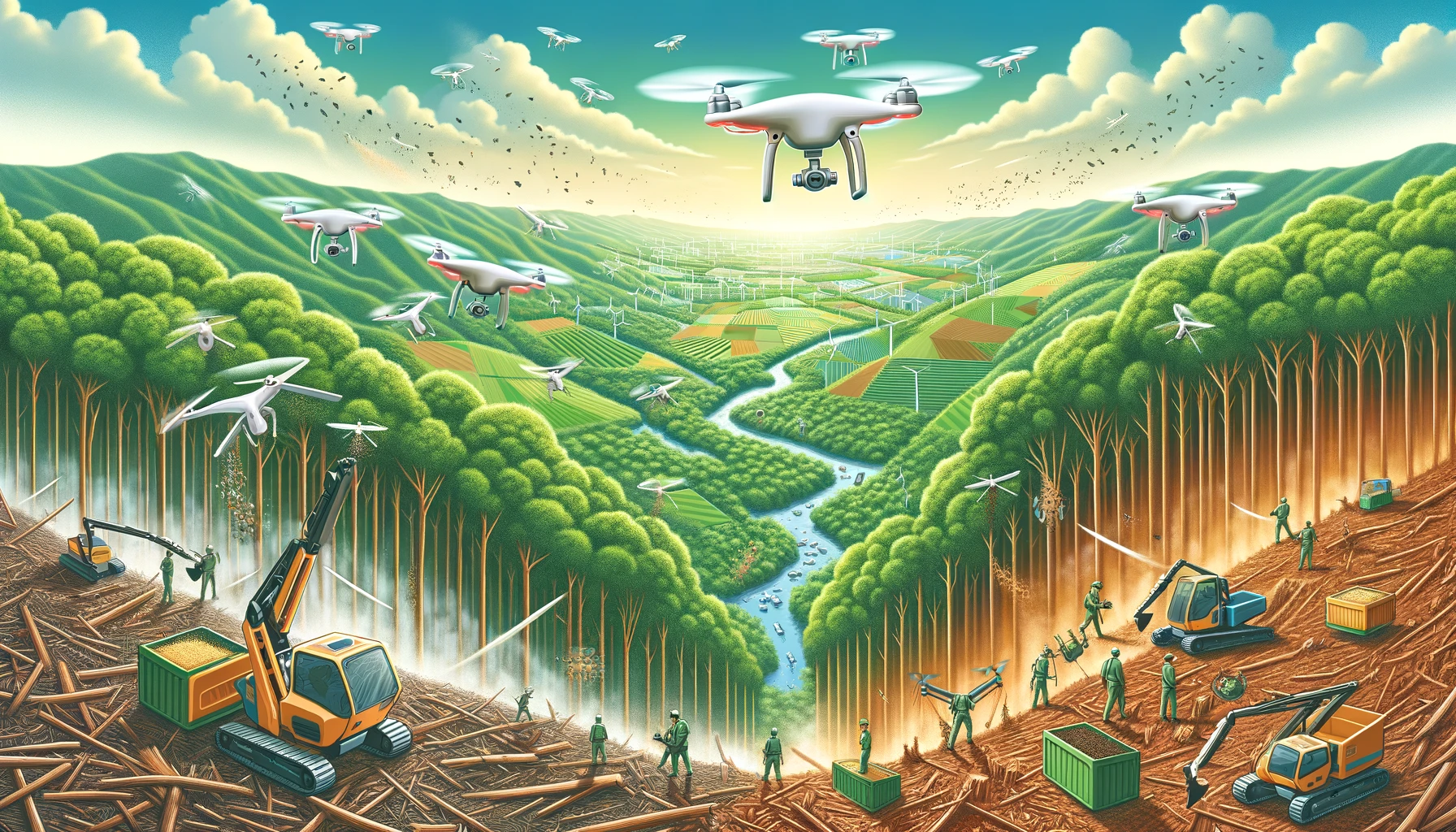In the ever-evolving landscape of agriculture, drones have emerged as pivotal tools, steering the industry towards unprecedented efficiency and productivity. The integration of drone technology in farming practices represents a significant leap forward, revolutionizing traditional methodologies and ushering in a new era of precision agriculture. This article explores how drones are transforming agriculture, offering insights into their applications, benefits, and the potential that lies ahead.
Revolutionizing Farm Management
Gone are the days when farmers relied solely on manual observation and conventional tools for crop management. Today, drones equipped with advanced sensors and imaging capabilities are providing comprehensive aerial perspectives, enabling farmers to make informed decisions. From soil analysis to planting, crop monitoring, and irrigation management, drones offer a bird’s-eye view that is invaluable in optimizing agricultural operations.
Enhancing Crop Monitoring and Health Assessment
One of the most significant applications of drones in agriculture is in crop monitoring and health assessment. High-resolution cameras and specialized sensors on drones can detect variations in crop health, moisture levels, and pest infestations, often before such issues are visible to the naked eye. This timely identification allows for swift intervention, minimizing crop damage and maximizing yield.
Precision Agriculture at Its Finest
Precision agriculture is about applying the right treatment, at the right place, and at the right time. Drones epitomize this concept by enabling precise application of fertilizers, pesticides, and herbicides, thereby reducing wastage and environmental impact. The ability to target specific areas with pinpoint accuracy ensures that crops receive exactly what they need for optimal growth, fostering sustainability in farming practices.
Irrigation Management and Water Conservation
Water is a precious resource in agriculture, and drones play a critical role in ensuring its efficient use. Equipped with thermal sensors, drones can identify areas of a field that are dry or require irrigation, facilitating targeted watering. This not only conserves water but also prevents over-irrigation, contributing to healthier crops and reduced water usage.
The Future of Farming
As drone technology continues to advance, its potential applications in agriculture are boundless. Future developments could include automated drones capable of performing a wider range of tasks, from seeding to harvesting. Additionally, the integration of artificial intelligence and machine learning with drone data could lead to even more sophisticated analysis and automation, further enhancing productivity and sustainability.
Conclusion
Drones are sowing the seeds of a technological revolution in agriculture, transforming the way we grow food. Their impact extends beyond mere efficiency gains, promoting sustainable practices that benefit the environment and future generations. As we continue to embrace and innovate drone technology in agriculture, the horizon looks promising for a sector that is vital to human survival. The future of farming is here, and it flies high on the wings of drones.
